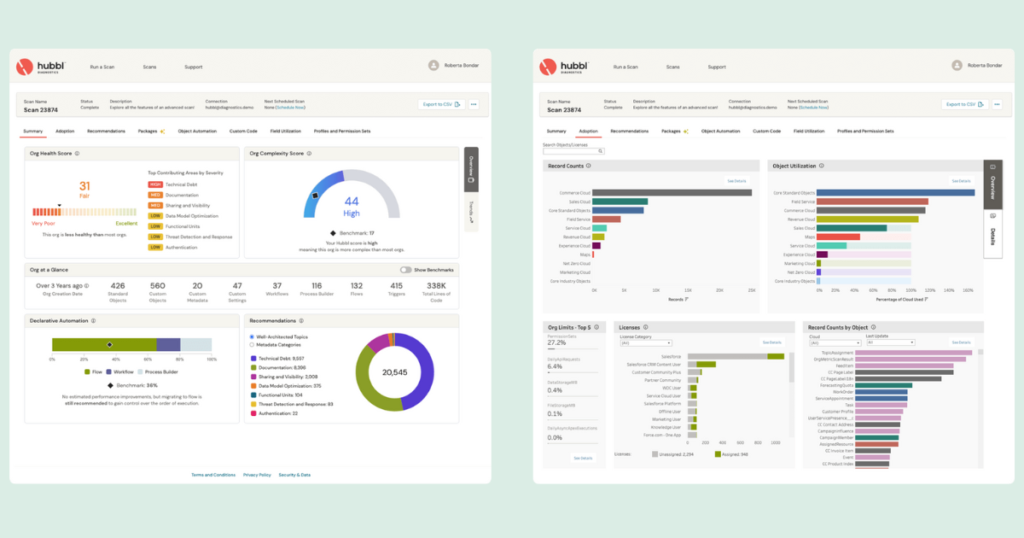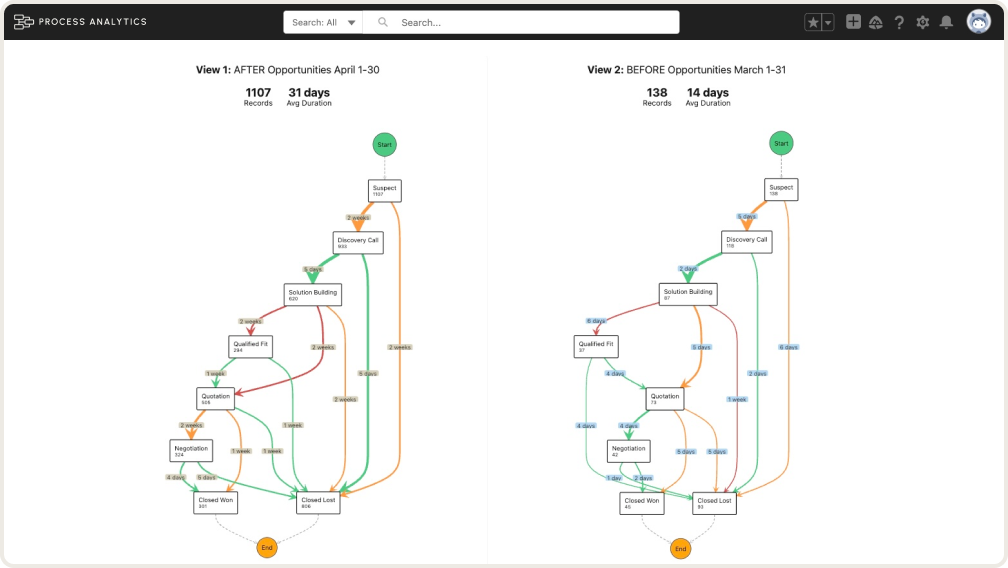Driving through innovation is like driving through fog—go too fast, and you risk crashing; go too slow, and you’ll get left behind."
— Farm Credit Innovation Forum Attendee
That sentiment echoed throughout our Farm Credit Innovation Forum at Salesforce Tower in Chicago. The event brought together leaders from across the Farm Credit system—an industry built on collaboration, shared learning, and a deep commitment to supporting producers. This forum provided the space to step back from day-to-day challenges and focus on the bigger picture.
The two-day event featured insightful discussions on the future of farm credit, tackling data silos, and how AI can empower Farm Credit Associations to stay ahead. During one of our speed networking sessions, the conversation centered on the challenge of balancing short-term priorities with long-term strategy. A common theme emerged: The Farm Credit System needs to modernize decades-old infrastructure, and many are in the process of doing just that, but how do they move beyond catching up and start proactively preparing for the future?
The next chapter for Farm Credit
One attendee summed up the challenge well:
"We are trying to catch up, but there's only so much capacity we can take on at any one time. We need partners who help us make sure that today's next steps align with our long-term vision."
Farm Credit and Agricultural Lenders are at a pivotal moment. While the mission remains unchanged, providing reliable financing to farmers and rural communities, the industry is undergoing significant changes.
Farm Credit experts from Salesforce, Andrew Kerschinske and Stephanie Geary, highlighted four key industry trends shaping the future:
- Digitization & Automation – The push for digital transformation is accelerating, but many institutions still struggle with siloed systems and manual processes that slow decision-making.
- Sustainability & Green Financing – Farm Credit lenders are incorporating sustainability-linked loan products, but balancing financial viability with eco-friendly practices presents new challenges.
- Data-Driven Lending – While lenders now have access to vast amounts of customer and operational data, many struggle with turning data into actionable insights due to outdated infrastructure.
- Alternative Financing Models – The rising cost of farming means new entrants need easier access to capital, and Farm Credit must find ways to compete with emerging digital-first lenders offering flexible financing.
How AI helps Farm Credit get proactive
AI isn’t about replacing people, it’s about augmenting and scaling human capacity. During the forum, speakers emphasized that AI-powered agents are not just chatbots, they understand data, apply reasoning, and take action.
"Think of Agentforce agents as part of your workforce, sitting right next to your team. Instead of focusing on just one use case, imagine agents taking on entire roles—helping loan officers process applications faster, guiding new hires through complex SOPs, and ensuring compliance without adding more administrative burden."
- Andrew Kerschinske, Lead Solution Engineer, Salesforce
How can AI solve Farm Credit's biggest challenges?
- Breaking Down Siloed Systems – By automating data entry and connecting lending platforms, Agentforce eliminates manual processes that slow decision-making, surfacing insights in real time.
- Making Sustainability Financing Easier – With the ability to analyze loan conditions and historical data, Agentforce helps lenders identify sustainability-linked incentives, ensuring these programs are both effective and scalable.
- Turning Data into Action – Years of lending history, equipment usage data, and credit trends become valuable decision-making tools when AI-powered agents organize and surface key insights for lenders.
- Competing with Alternative Lenders – By streamlining the loan application process and proactively suggesting financing options, Agentforce enhances the borrower experience, keeping Farm Credit competitive in a changing market.


